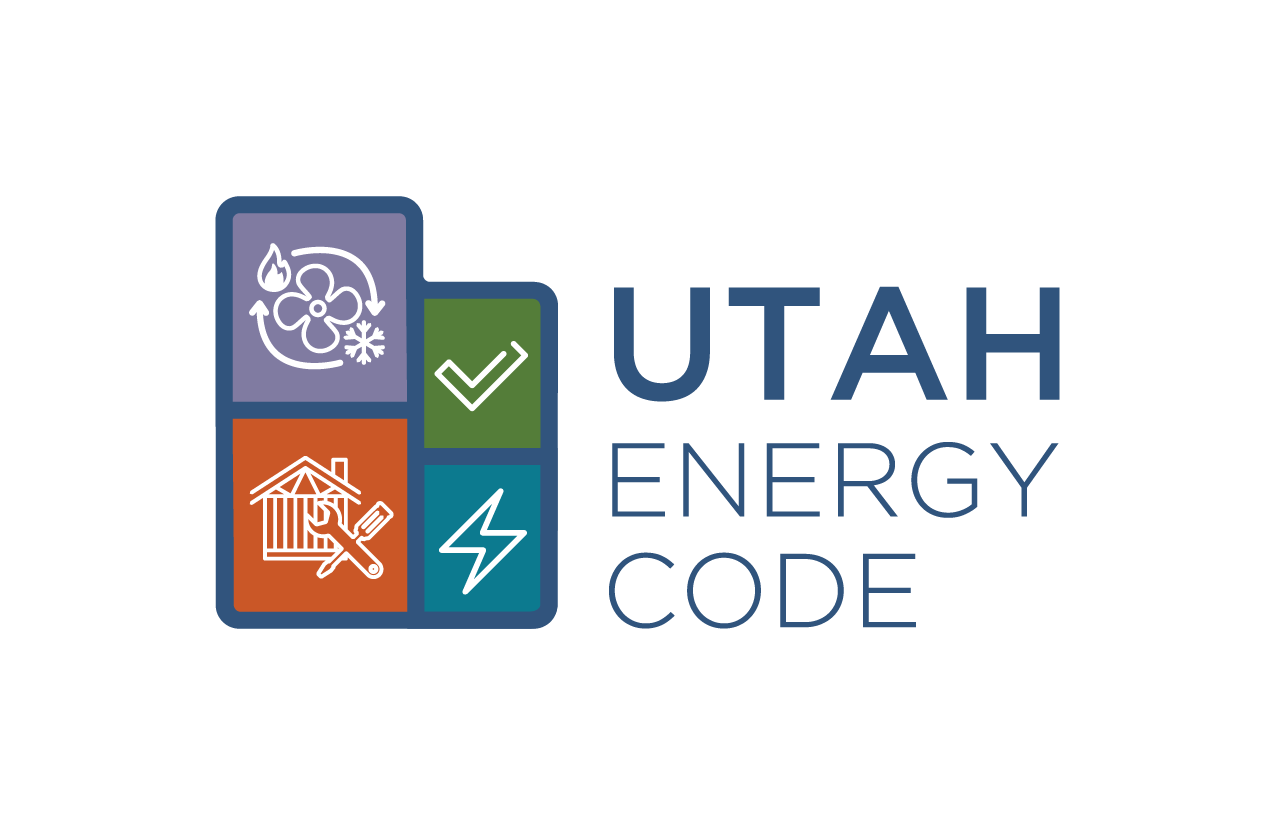
ACCA MANUAL J LOAD CALCULATIONS
During the 2022 Utah Legislative Session, House Bill 39 was passed and subsequently signed by Gov. Spencer J. Cox. The bill included amendments to home battery storage systems, plumbing fixture flow rates, household appliance refrigeration standards, and fire sprinkler design requirements. Specifically, the amendments modified the residential HVAC load calculation requirements found in the 2015 International Residential Code (IRC), sections N1103.7 and M1401.3.
What follows is the exact text from the 2015 IRC, chapter 11, titled “Energy”. Amendment additions to the code appear in underlined blue text, while deletions appear in red text with a strikethrough. The text in chapter 14, titled “Heating and Cooling Equipment and Appliances”, Section M1401.3, is virtually identical and likewise amended.
2015 IRC N1103.7 (R403.7) EQUIPMENT SIZING AND EFFICIENCY RATING (MANDATORY). HEATING AND COOLING EQUIPMENT SHALL BE SIZED PER ACCA MANUAL S BASED ON BUILDING LOADS CALCULATED PER ACCA MANUAL J OR OTHER APPROVED HEATING AND COOLING CALCULATION METHODOLOGIES, COMPLYING WITH N1103.7.1. NEW OR REPLACEMENT HEATING AND COOLING EQUIPMENT SHALL HAVE AN EFFICIENCY RATING EQUAL TO OR GREATER THAN THE MINIMUM REQUIRED BY FEDERAL LAW FOR THE GEOGRAPHIC LOCATION WHERE THE EQUIPMENT IS INSTALLED.
N1103.7.1 QUALIFICATIONS. AN INDIVIDUAL PERFORMING LOAD CALCULATIONS SHALL BE QUALIFIED BY COMPLETING HVAC LOAD CALCULATION TRAINING FROM ONE OF THE FOLLOWING:
-
- HVAC load calculation education from ACCA;
- A recognized educational institution;
- HVAC equipment manufacturer’s training; or
- Other recognized industry certifications.
Shifting focus to the question posed in the title of this article; no, House Bill 39 does not signal the elimination of requirements for load calculations per ACCA or other approved methodology. With that answer in mind, please consider the following:
-
- The elimination of the word approved takes away ultimate authority to approve an alternate methodology from the Authority Having Jurisdiction (AHJ), the Building Official.
- A new qualifications section has been added, requiring training from ACCA, a recognized technical college or similar institution, or an HVAC manufacturer, as well as a recognized industry certification. Proponents added a qualifications burden of proof to anyone calculating residential loads.
- There are no known residential HVAC load calculation methodologies other than the American National Standards Institute (ANSI) Manual J Residential Load Calculations Standard. Manual J has been the recognized standard since 1972, having been updated and improved several times over the years as construction practices and technology have advanced. Manual J and other ACCA standards are based on science, not general principles.
- When using an alternate methodology for calculating residential HVAC loads, individuals must submit documentation supporting their chosen calculation method, specifying the training received and the institution or manufacturer that provided the training.
- The amendment did not modify the requirements in IRC M1401.1, to size equipment based on ACCA Manual S, or design, fabricate and install a duct system following ACCA Manual D as defined in IRC M1601.1. It is plainly stated in each of these ACCA Standards that Manual S and Manual D design and calculation procedures cannot be completed without the prerequisite Manual J load calculation.
This legislation was submitted at the request of builders and HVAC contractors opposed to the ANSI recognized Standard for residential HVAC load calculation, due to a lack of knowledge in the principles of thermodynamics. Since the code requires residential HVAC system designs to comply with these standards, those without an understanding of the science tend to blame cooling and heating performance issues on the calculations they feel they were forced to submit. Many individuals that oppose providing Manual J load calculations have not produced loads used, but rather hired a third party to produce the calculations, which they typically do not understand or follow in their installations.
Studies show that more than 90% of residential HVAC systems across the country lack proper airflow due to poor equipment selections, as well as inferior duct designs and installations (see previous blogs on evaporator coil selection and duct fitting design).
To resolve and improve the design, installation, and performance of residential HVAC systems, the Utah Rocky Mountain Gas Association and ACCA have committed funds to study the issue, identifying and confirming the major defects in residential HVAC systems. Stay tuned for updates on these efforts.
– Dr. Energy

0 Comments